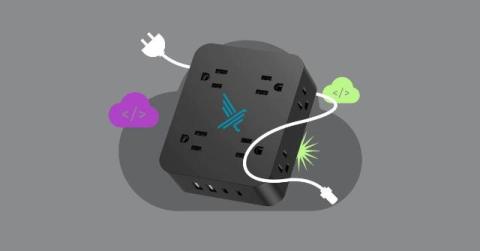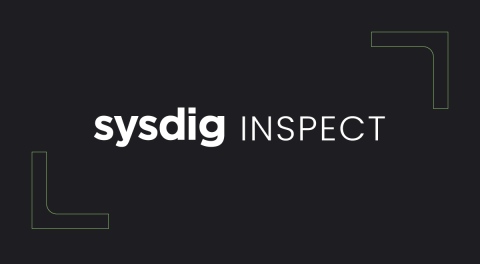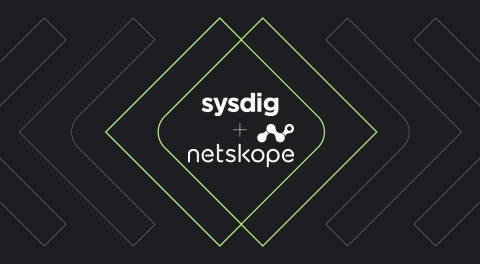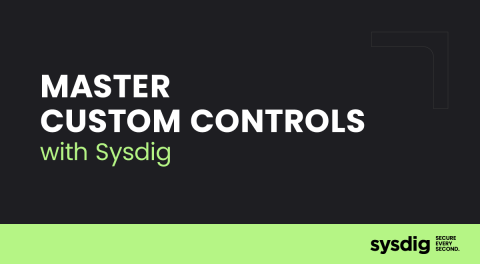Why Falco works the best in distributed architectures
The cybersecurity landscape is sadly brimming with tools that address narrow, specific problems, leading to a phenomenon known as “Point Solutions.” While these tools can offer precise capabilities, they have significant drawbacks in the modern, cloud-native world. A glut of isolated tools contributes to operational complexity, wasted resources, and missed opportunities for cohesive, unified defense strategies.











